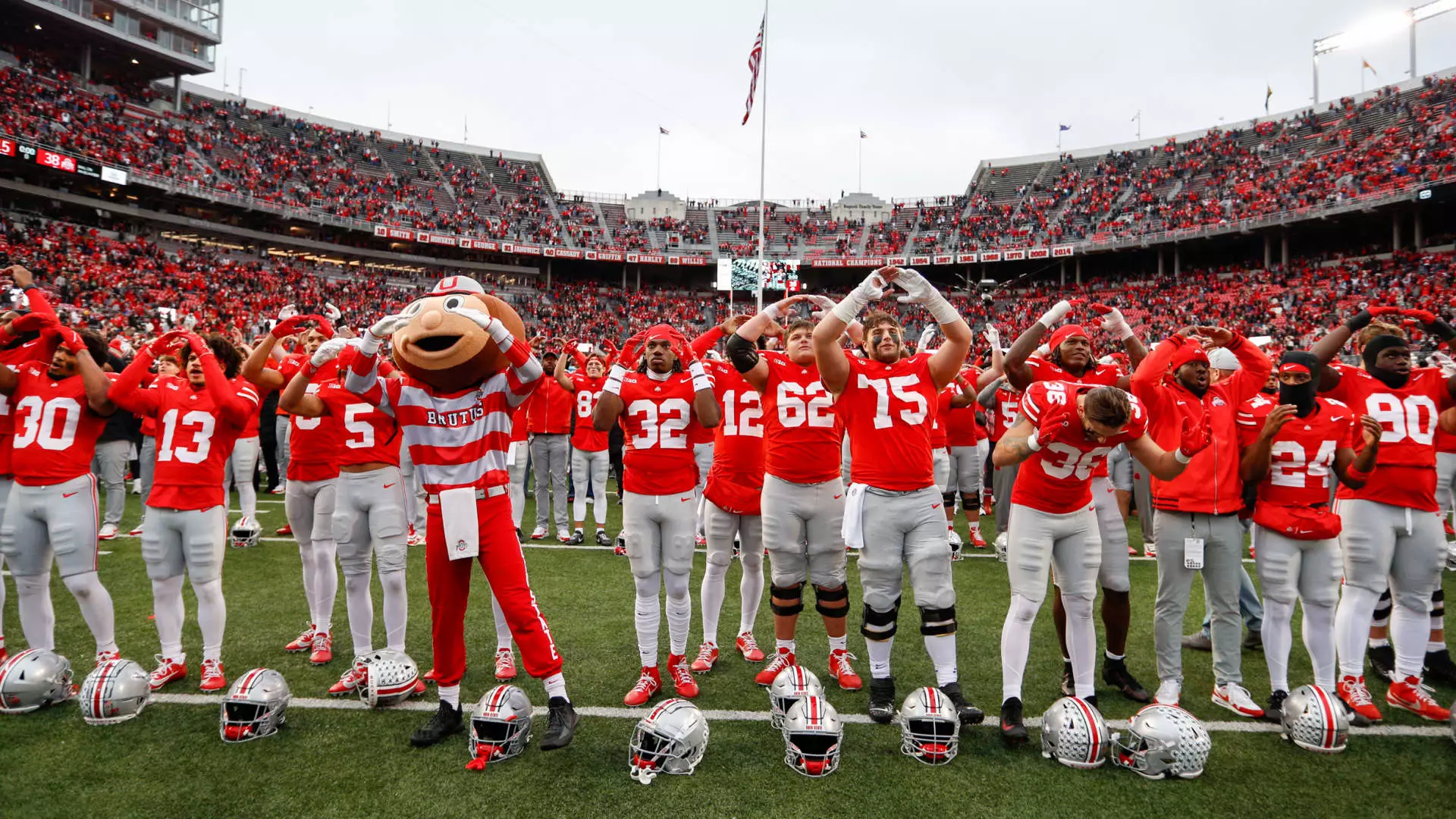The realm of collegiate athletics has burgeoned into a financial powerhouse, generating staggering revenues that attract the attention of private investors and analysts alike. As institutions embark upon an endeavor to quantify the worth of their sports programs, the question arises—how much are these programs truly valued? A recent exploration by financial experts has shed light on the valuation of college athletic programs, offering insights that expand our understanding of this lucrative sector.
Private equity has set its sights on college athletics, driven by the sheer volume of financial transactions associated with these programs. With billions on the line, the interest of investors is hardly surprising. Institutions like Ohio State University have demonstrated explosive revenue generation, making the Buckeyes a key player in discussions about value. In 2023, Ohio State alone reported revenues nearing $280 million, underscoring the immense financial stakes involved. Such staggering figures are a testament to the robust ecosystems that schools cultivate around their athletic programs, drawing fans and alumni into their financial narratives.
Determining the worth of a college sports program involves a multifaceted approach that encompasses various financial indicators. The recent valuation rankings, compiled with insights from those versed in private equity, provide an intricate picture of how these programs are perceived financially. Factors such as alumni engagement, robust fan bases, financial contributions from boosters, and the expected performance of football teams significantly influence a program’s valuation. In Ohio State’s case, a vast alumni network boasting over 600,000 members and a fervent fan base exceeding 11 million provides a sound foundation for revenue generation through ticket sales, merchandise, and donations.
Moreover, attendance figures play a critical role in driving valuation. With consistent game day attendance surpassing 100,000, Ohio State not only fosters a vibrant game day atmosphere but also taps into significant gate revenues, which directly bolster overall financial health.
It is no secret that conference affiliation impacts financial outcomes, particularly in power conferences such as the SEC and Big Ten. The SEC’s aggregate worth hovers around $13.3 billion, making it the most financially rewarding conference in the nation; the Big Ten follows closely, valued at $13.2 billion. These mega-conferences have crafted lucrative media rights deals that further enhance schools’ attractiveness to investors. These agreements manifest not merely as income but as reliable growth projections for athletic programs within these prestigious conferences.
Conversely, smaller conferences, such as the ACC and Big 12, while valuable in their own rights, struggle to replicate the same financial feats. The valuation shifts underscore how vital it is for schools to position themselves strategically within power conferences to maximize their financial potential.
To navigate the complex landscape of college sports program valuation, expertise from several analysts and industry insiders is indispensable. Jason Belzer, a recognized authority in the financial intricacies of athletics, provides significant insights through his publication, AthleticDirectorU. The publication boasts a comprehensive database that allows for the detailed analysis of program finances. The determination of program value relies on metrics derived from reputable sources like the Department of Education and various commissions dedicated to intercollegiate athletics.
This thorough approach allows stakeholders to adjust valuation models dynamically, reflecting real-world variables such as name, image, and likeness (NIL) contract values, alumni contributions, school subsidies, and anticipated growth trajectories. Collating such extensive data provides a clearer picture of each program’s market position, aiding in informed decision-making.
As college sports evolve, the complexity of their financial dealings only increases. The drive for maximum valuation highlights not only the lucrative nature of college athletics but also the competitive landscape that schools must navigate. Investors and schools alike must remain attuned to market fluctuations and community engagement to maintain their attractiveness in an ever-changing environment. Ultimately, while financial projections provide a glimpse into the present value of athletic programs, the future will require adaptability and strategic foresight to thrive in this vibrant sports ecosystem.

